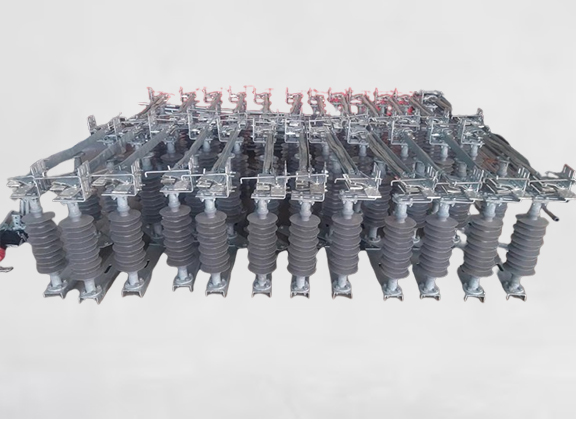Electrical Isolators Manufacturers in India 2025 – Transpower Switchgear Industries
Transpower Switchgear Industries is one of the best electrical isolators manufacturers in India. We are also renowned suppliers, exporters, and traders of high-quality electrical isolators and other electrical materials.
Our extensive product range includes transformers, switchgear, and street light poles, catering to all electrical requirements. Trusted by engineers and maintenance professionals, our electrical isolators ensure safe and efficient access to critical electric equipment, including large transformers in power plants. Choose Transpower Switchgear Industries for reliable and durable electrical isolators made in India.
Electrical Isolator Suppliers and Exporters in India
As one of the trusted electrical isolator suppliers and exporters in India, we offer high-quality isolators designed to provide maximum safety. Our isolators physically separate conductors, ensuring the circuit is fully disconnected with zero risk of accidental contact. This essential safety feature protects workers from electrocution and prevents equipment damage caused by short circuits, making our products reliable for all electrical applications.
As recommended electrical isolator suppliers in Chakan, Bhosari, Mumbai, Pune and India, we provide safety-first devices that offer a clear physical indication when a section of an electrical installation is fully isolated. This ensures that maintenance and repair work can be carried out safely, without any risk of electric shock. Our electrical isolators deliver reliable assurance in the high-voltage environment.
What is an Electrical Isolator?
An electrical isolator is a mechanical switch used to disconnect a part of an electric circuit from the power supply. It creates a visible gap, such as in an indoor off-load isolator (horizontal type), allowing for safe inspection and maintenance.
Types of Electrical Isolators
As trusted electrical isolator manufacturers in India, we offer different types of isolators tailored to meet various maintenance needs and equipment requirements. The main types are listed below.
- Double Break Type Isolator: This isolator features two contact breaks per phase, interrupting the current path at two points. Compared to single-break isolators of the same voltage rating, the double break electrical isolator is more compact and widely used in substations for efficient electrical isolation.
- Single Break Type Isolator: These isolators have one contact break point per phase and are simpler in design than double-break types. Single break electrical isolators are commonly used where space constraints are minimal.
- Pantograph Type Isolator: Popular among electrical isolator exporters in Kuwait, this isolator uses a pantograph mechanism for circuit opening and closing. It occupies minimal operating space and is primarily employed in high-voltage substations where space optimization is critical. The movement is generally vertical.
- Bus Side Isolator: Mounted on the busbar side of equipment like transformers or circuit breakers, bus side isolators isolate the equipment from the primary busbar, allowing maintenance without de-energizing the bus.
- Line Side Isolator: These isolators are installed on the line side of equipment to safely isolate it from incoming or outgoing transmission and distribution lines, enabling secure maintenance work.
- Maintenance Isolator: Classified by function rather than design, maintenance isolators create safe isolation of specific equipment or system portions for maintenance purposes. These are commonly supplied by trusted electrical isolator suppliers in India.
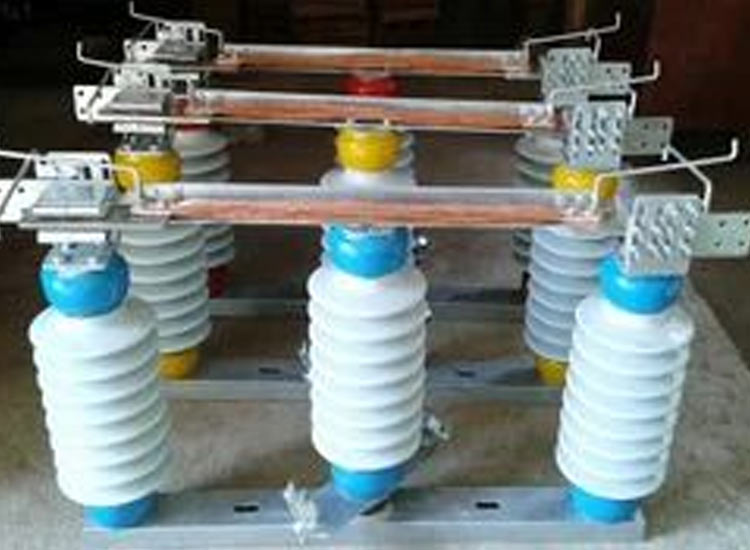
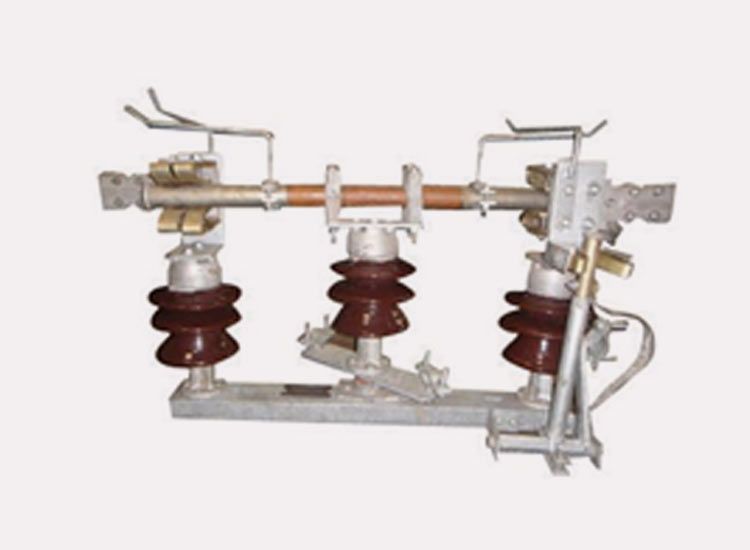
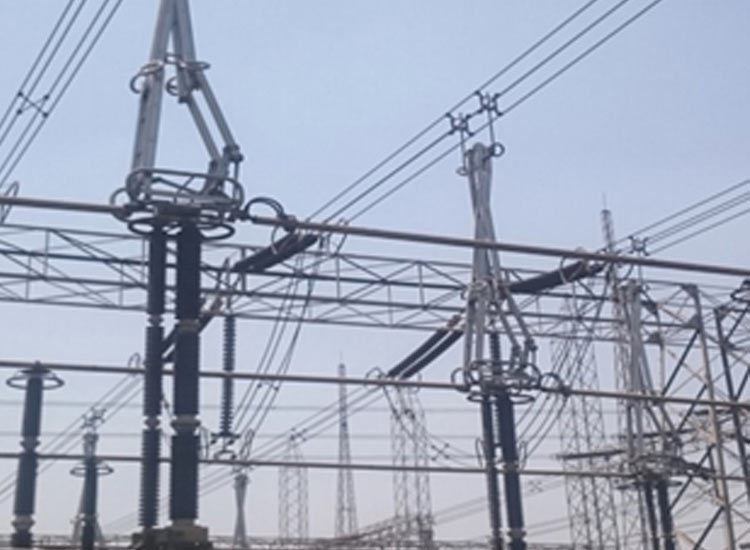
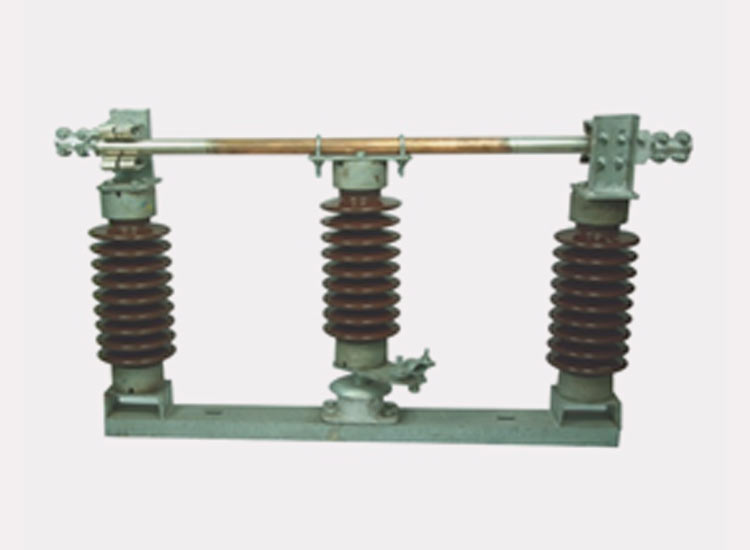
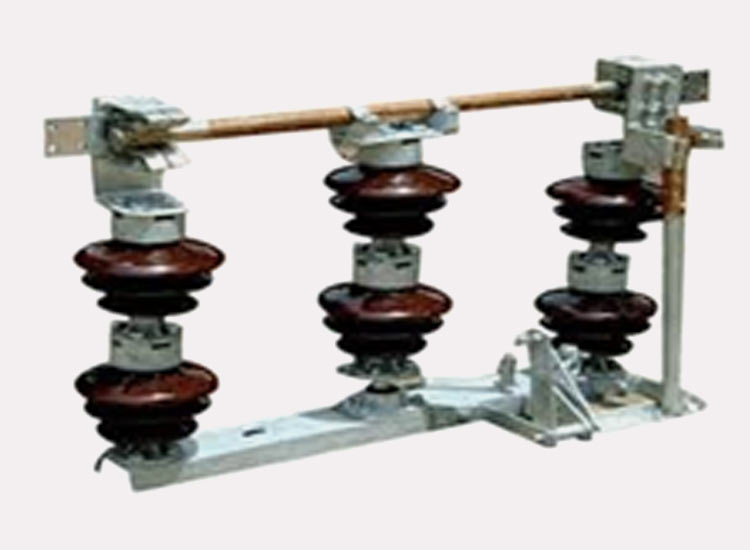
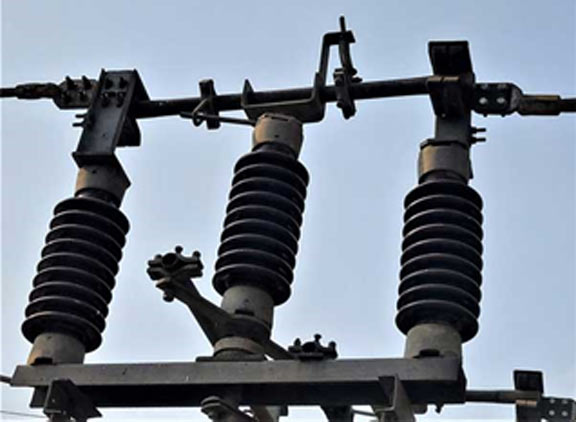
Technical Specifications
We have added below a technical sheet of electrical isolators in Pune, India providing detailed technical information such as:
| Specification Category | Parameter | Value/Range | Notes |
|---|---|---|---|
| Electrical Ratings | Rated Voltage Ur | 72.5 kV, 145 kV, 245 kV Common | System's nominal operating voltage. |
| Rated Current Ir | 630 A, 1250 A, 2000 A Common | Continuous current carrying capacity. | |
| Short-Circuit Withstand Current Icw | 25 kA, 31.5 kA, 40 kA for 1 or 3 seconds | Ability to withstand fault currents for a specified duration. | |
| Peak Withstand Current Ip | Typically, 2.55×Icw | Maximum instantaneous current the isolator can withstand. | |
| Impulse Withstand Voltage Uimp | 350 kV, 650 kV, 1050 kV depending on Ur | Ability to withstand lightning and switching impulses. | |
| Power Frequency Withstand Voltage Uw | 140 kV, 275 kV, 460 kV depending on Ur | Ability to withstand sustained power frequency voltage. | |
| Mechanical Characteristics | Operating Mechanism | Motor-operated, Manual-operated | Type of drive used to open/close the isolator. |
| Operating Time Open/Close | 3-10 seconds motorized | Time taken for the isolator to fully open or close. | |
| Mechanical Endurance | Typically, 10,000 operations | Number of open-close cycles the isolator can perform without failure. | |
| Contact Material | Copper alloy with silver plating | Ensures good conductivity and prevents oxidation. | |
| Environmental | Ambient Temperature Range | -40°C to +55°C Typical | Operating temperature range. |
| Altitude | Up to 1000 m above sea level Standard | Standard operating altitude; derating may be required at higher altitudes. | |
| Standards | Compliance | IEC 62271-102, IEEE C37.32 Common | Relevant international or national standards the isolator complies with. |
| Auxiliary Contacts | Quantity & Rating | e.g., 4NO + 4NC, 10A at 250V AC/DC | For interlocking, indication, and control circuits. NO=Normally Open, NC=Normally Closed. |
| Insulation Material | Type | Porcelain, Composite Polymer | Material used for insulating components. |
Why to choose an Electrical Isolator?
Select the right electrical isolator to ensure enhanced worker safety during maintenance, provide clear visual separation from the circuit, and enable isolation of individual equipment without a complete shutdown.
Benefits and Features of Electrical Isolator:
As trusted electrical isolator suppliers in India, we offer a range of benefits tailored to different system requirements and voltage levels, outlined below.
- Improved Safety: Electrical isolators provide a physical circuit break, ensuring the isolated equipment is completely separated from the live source. This greatly reduces the risk of electric shock during repair and maintenance work.
- Ease of Maintenance: Individual sections of a high-voltage electrical isolator can be isolated, allowing safe and efficient maintenance without shutting down the entire system.
- Prevention of Fault Propagation: In the event of a fault, the faulty component can be quickly isolated by the isolator, preventing the fault from spreading to other healthy parts of the electrical system.
- Clear Visual Indication of Circuit Status: The open or closed position of an isolator clearly shows whether the circuit is connected or disconnected, preventing accidental energizing and ensuring safe operation.
- Reliable Voltage Isolation: Three-phase high-voltage electrical isolators can withstand high voltages in the open position, providing safe electrical isolation between system components at different potential levels and ensuring personnel safety.
Applications of Electrical Isolator:
As trusted electrical isolator exporters in India, our isolators are used across various systems, plants, and facilities for maintenance purposes, including the following:
- Substations: Isolators are extensively used in electrical substations to safely switch circuit breakers, transformers, and busbars for maintenance, repair, or replacement. They provide a method of disconnecting high-voltage equipment safely prior to working on it.
- Industrial Plants: Electrical isolators are used to isolate equipment, control panels, and circuits in industrial plants, allowing for safe maintenance and fault tracing without having to shut down the entire plant.
- Transmission and Distribution Systems: Four-pole isolators play an important role in transmission and distribution systems by allowing lines to be sectionalized for maintenance, fault isolation, and power re-routing. This makes the power grid more flexible and dependable.
- Renewable Energy Systems: Electrical isolators are applied in wind and solar systems to isolate wind turbines, solar panel arrays, and inverters for maintenance or emergency shutdown.
- Motor Control Centers (MCCs): In certain applications, electrical isolators are part of MCCs, providing a convenient and local means of isolating power to individual motor starters or sections of the control center for maintenance and inspection.
The Transpower Switchgear Industries is a trusted electrical isolator manufacturers in India, as well as a trusted trader, supplier, exporter, and service provider. Electrical isolators are critical safety devices designed to provide physical circuit isolation, ensuring protection and fault isolation. Their benefits—including clear safe status indication, enhanced safety, and maintenance support—make them indispensable across various industrial and power plant applications. Loop-powered signal isolators do not interrupt fault currents but ensure safe maintenance and operation. Contact us for more details.
FAQs:
To ensure safety by completely isolating electrical equipment from power, making it safe to work on.
High-voltage substations, power distribution, industrial plants – wherever safe isolation is needed.
Circuit breakers handle current interruption; isolators then provide a guaranteed physical disconnection for safety.
Always de-energize the circuit first, never operate under load, confirm visible gap, follow lockout/tagout.
